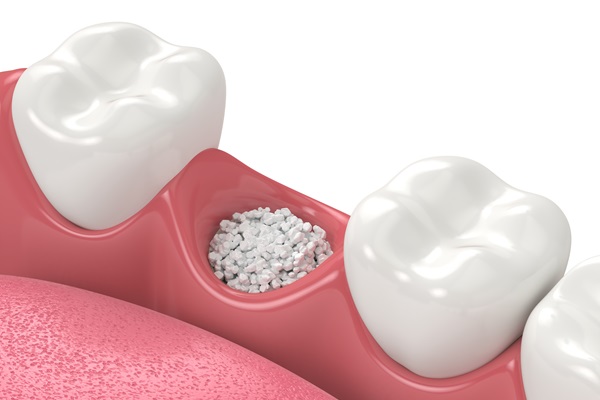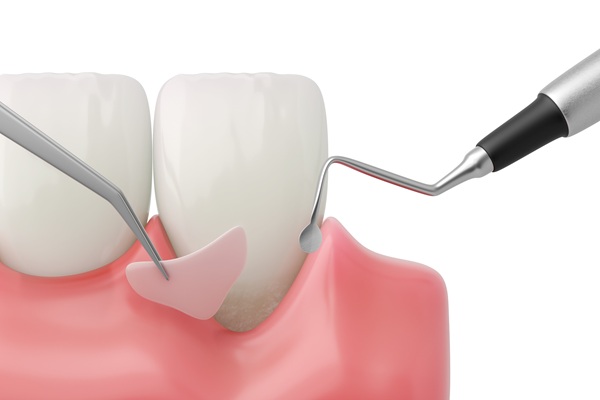Understanding Bone Grafting: How It Restores Jawbone Health and Strength

The jawbone is the part of the face that holds many essential elements together, such as the teeth, ligaments, and muscles; however, bone grafting may sometimes be necessary if the jawbone is too weak to perform these tasks. A person’s jawbone can deteriorate over time, whether due to age, genetics, poor oral health, cancer, or any of a variety of other reasons.
The good news is that bone grafting can restore the jawbone to functional strength and health. While the process cannot be completed in just a day or two, its results are long-lasting and can open the way for other useful treatments.
How bone grafting works
Bone grafting is the process of bulking up the jawbone so it is stronger and less brittle, narrow, or fragile than before. Not all patients will need bone grafts, but those who do should understand what goes into the process.
Who needs bone grafting?
Most patients will go their lives without requiring a bone graft to have dental work done. However, in some cases, a bone graft is necessary for dental procedures like implant placement. A person will typically need a bone graft when their jawbone does not have enough support or material to withstand a procedure.
For instance, dental implants require that a metal post be screwed into the jawbone, onto which a false tooth can be affixed. This is a useful tooth replacement option, as the metal post replicates the biting forces of a tooth root. However, if a person’s jawbone is not strong enough to hold the post, the implant post may shift and move, leading to a failed implant. This is one case in which a bone graft could be necessary.
How bone grafting is done
To perform a bone graft, the dentist will collect bone tissue from somewhere else in the body. This is often the roof of the mouth, but it can also come from the chin, the hip, or even a bank of other people’s bone tissue. Then, the dentist will place this grafted bone material onto the weakened area. Over time, the new tissue will fuse with the existing bone to become denser and stronger.
The recovery process
A bone graft can take a while to recover from, but it is only the first few days that pose the greatest inconvenience. Since bone grafts access the bone underneath the skin or gums, patients will need to eat a soft food or liquid diet to enable the surgical site to heal.
Afterward, they can manage their pain with over-the-counter pain relief options. Then, it is simply a matter of waiting (often for around six months) for the new bone to fuse with the existing structures.
Get bone grafting to restore jawbone health
A bone graft is an in-depth process, but it can open up many possibilities for dental implants and other restorations that may not have been possible otherwise. Our experienced team can help you recover quickly from a bone graft so you can get back to living your life to the fullest. Contact our office to ask questions about a potential bone graft, to address any of your concerns, or to schedule an appointment for evaluation.
Request an appointment here: http://www.periodontistboca.com or call Thomas A. Copulos DDS, PA at (561) 763-1066 for an appointment in our Boca Raton office.
Check out what others are saying about our dental services on Yelp: Bone Grafting in Boca Raton, FL.
Recent Posts
Gum grafting is a surgical procedure that addresses gum recession, a condition where the gum tissue surrounding the teeth wears away, exposing more of the tooth or its root. This exposure can lead to increased sensitivity, a higher risk of tooth decay, and aesthetic concerns. Gum grafting involves taking healthy tissue from another area of…
Curious about bone grafting? Read on to learn more about this procedure. Periodontal health is a crucial aspect of one's oral health, but gum disease and tooth loss can compromise it and cause jawbone loss. Bone grafts are increasingly used in periodontal treatment as they can rebuild and strengthen the jawbone. The procedure can improve…
Periodontists can diagnose and treat conditions affecting the gums and cheeks. The soft tissues of the mouth are vulnerable to bacterial infection. Understanding how these dental professionals help patients can ease your mind for your next procedure. If you want to know how periodontists can help your gums and cheeks, here are the details.Periodontists concentrate…
Periodontists can diagnose and treat conditions affecting the gums and cheeks. The soft tissues of the mouth are vulnerable to bacterial infection. Understanding how these dental professionals help patients can ease your mind for your next procedure. If you want to know how periodontists can help your gums and cheeks, here are the details.Periodontists concentrate…


